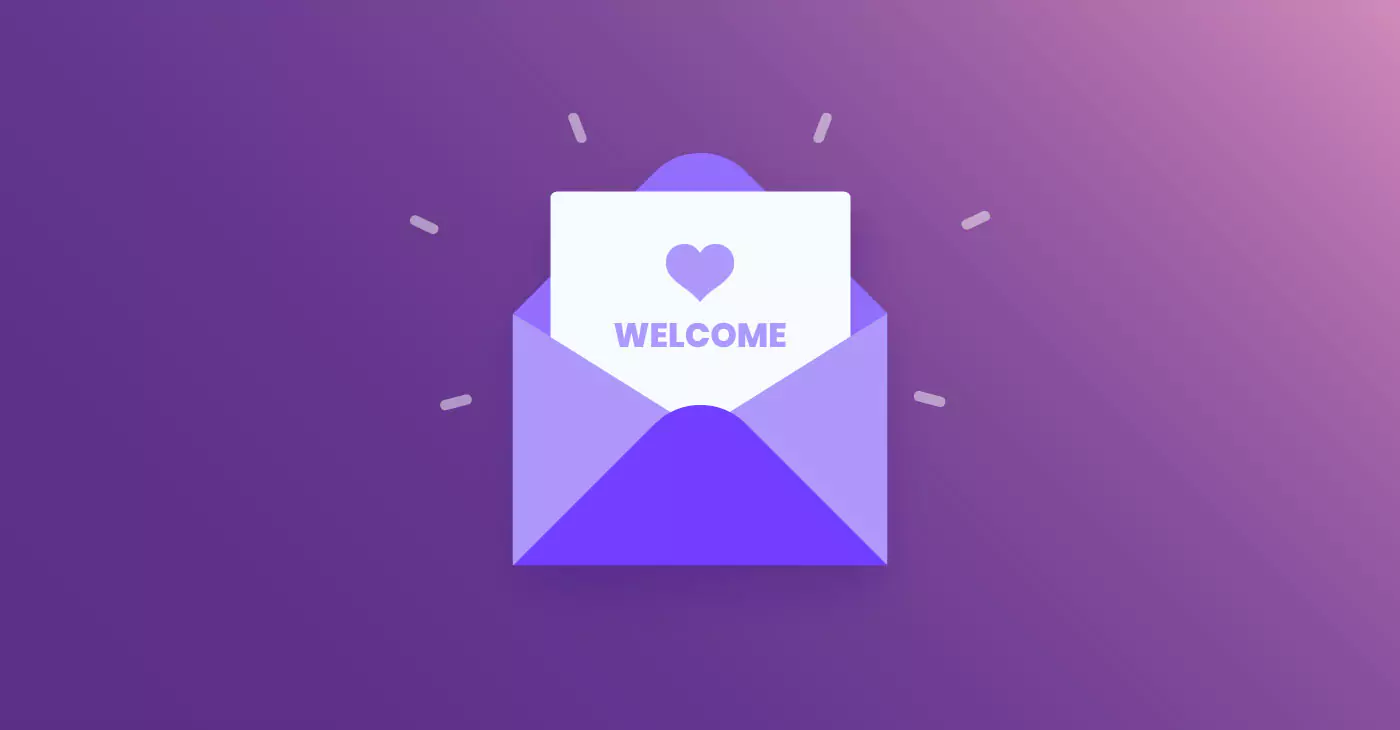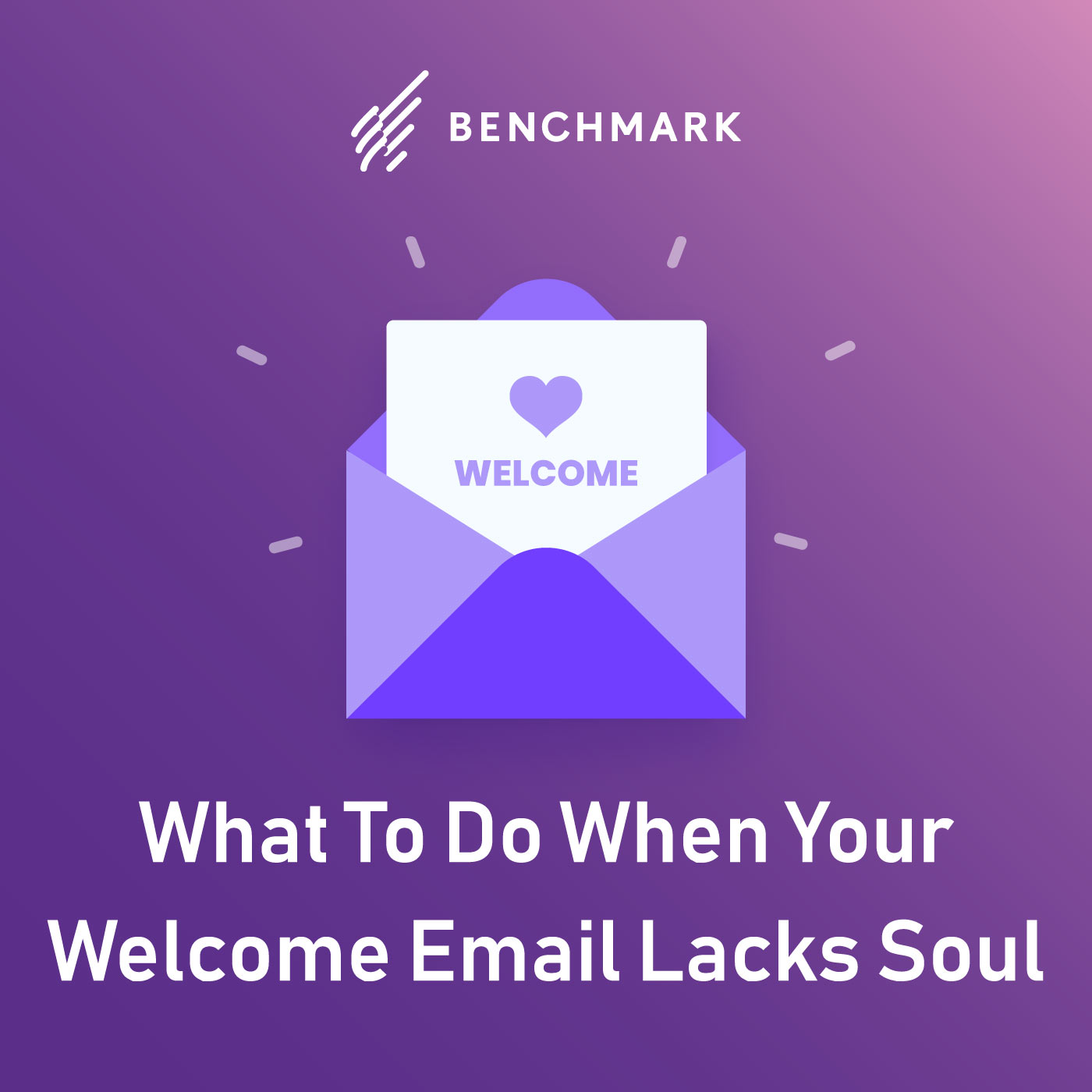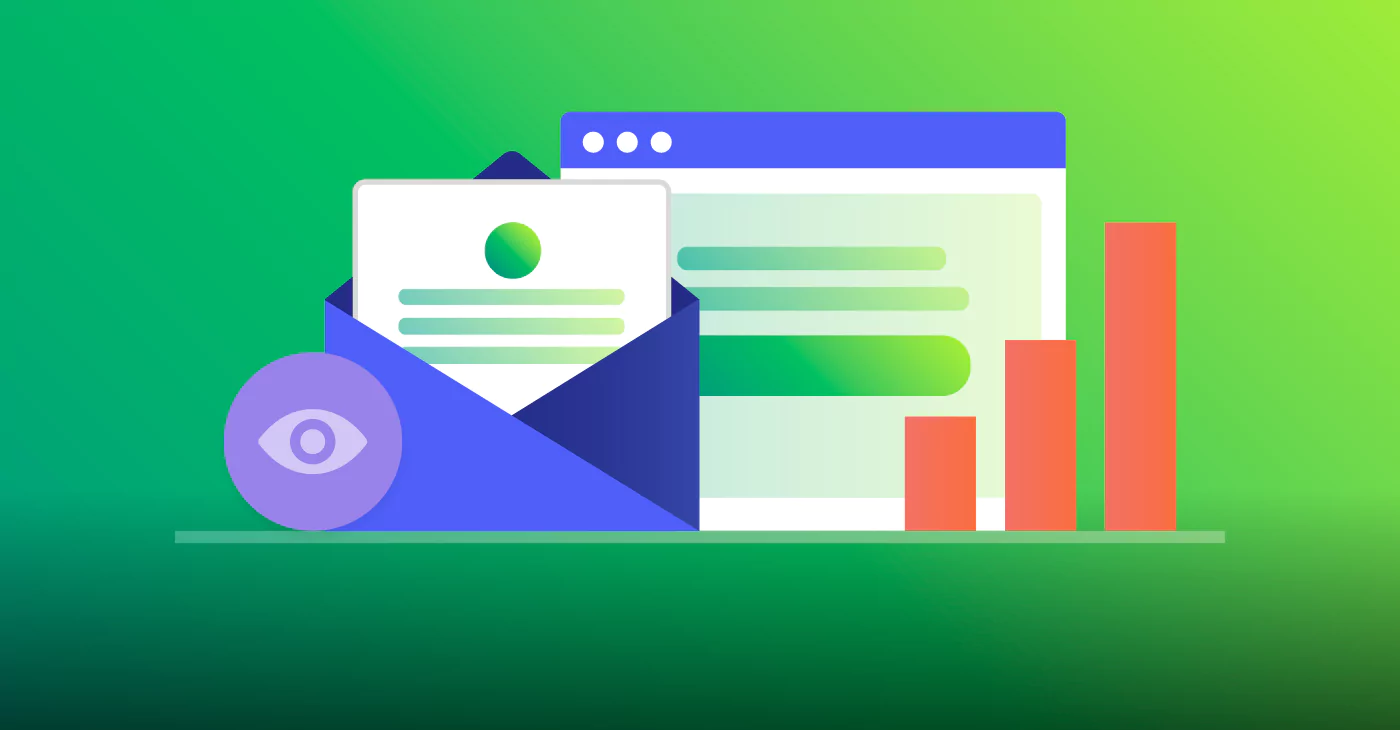
Research shows that we form our first impression of someone within 27 seconds of meeting them.
E-meeting someone is exactly the same. Well, actually, it’s much faster; consumers can make a snap decision about whether they like your company or want to read your email in a matter of milliseconds.
That’s why your welcome email needs to shine.
A welcome email is a perfect chance to make a great first impression on your brand new subscribers. However, crafting an enticing welcome email is easier said than done, especially if you’re not a natural writer or you haven’t got the time or budget to hire someone to make it sound good.
The danger of writing a bad welcome email is that your brand can come across as too aggressive, too dull or just plain weird. It’s the email equivalent of standing in the corner of a party not talking to anyone and clutching a bowl of pretzels as if it’s a safety blanket.
If you’re worried about how your welcome email is being perceived, then don’t be. Here are a few of our top tips on what to do when your welcome email lacks soul.

Keep It Simple
A welcome email is (or should be) the very first communication between your company and a subscriber.
Take this opportunity to wow them, but also introduce yourself in a chilled way, like this well-toned welcome email from Virgin America:

You don’t want to scare your potential customers off before they’ve even bought anything. Throwing a shedload of irrelevant, unnecessary information at them in the very first email you send is too much.
Say you’re at a party; it’s essentially like meeting a new person by the fridge and then diving headfirst into a monologue where you proceed to tell them every intricate detail of your life. At the soonest chance, your poor new acquaintance will down their glass of wine and make a run for it.
Keep it simple: sometimes, just a friendly hello is enough to start off. Be clear and concise — introduce yourself, say thanks for signing up, and include a call to action. The rest will come later in other types of emails as you start to nurture a meaningful relationship, but for now, minimal is best.
Tell a Compelling Story
If you think your welcome email lacks soul, then a surefire way to inject some is to tell your subscribers a story. Storytelling is a powerful tool for connecting with consumers, marketing your brand and selling your product.
By storytelling in your welcome email, you can create an engaging, emotional narrative that draws your audience closer and creates a shared experience between them and your brand.
You can do this in a number of ways — by telling them the story behind how your business began, introducing them to the team, mentioning customers you’ve helped already or even including a snap of the office dog.
Think of writing a welcome email like writing a book. You need compelling characters (your team or your customers), a killer plot (your brand origin story), and some decent writing. This blog post from Jericho Writers on how to write a book details the components of a great story pretty well — and applying these points to your welcome email will help you treat your email content in a more creative way. This is what will strike a chord with your subscribers; vibrant, emotive storytelling will persuade readers to like you, which will lead to trust, which will lead to conversions.
You can even embed a fun introductory video if you want — visual storytelling is a really effective way of capturing your subscriber’s attention and injecting some fun and personality into your email.
The key is to be heartwarming, funny or uplifting; you want to capture their hearts as well as their email addresses.
Get Personal and Start Conversations
Getting personal will ensure that your welcome email has plenty of soul. You can do this in a number of ways.
Firstly, setting a friendly, conversational tone will set your readers at ease and make them more inclined to carry on the conversation. Back to that party analogy; when you meet someone new at a party, you want to make a good impression. You’d try to be friendly and engaging because you want them to like you, right?
It’s the same with a welcome email, except in this circumstance you’ve got potential sales riding on this conversation.
When you’re writing your welcome email, try to channel this genuine person-to-person interaction. People want to get to know you. They want to know the faces behind the brand — it makes your company seem more human and more relatable, rather than just being a faceless corporation.
Be personable; sign your email from the real people in your team that will be looking after your customers. A warm, friendly introduction like this stops you from being anonymous and allows customers to put a face to your brand.
If you use an email marketing platform to craft your emails, you can also make the most of personalization to address the recipient in their name. It makes it seem like your email was written just for them, and will be much better received than a generic “hello customer” email ever will. Neil Patel explores some other killer methods of email personalization that will propel your email marketing.
Make an effort to get to know them too: ask them to fill in a short survey or questionnaire detailing the types of emails they’d like to receive, and the topics they’re interested in. This will help you to create targeted content that they are more interested in, which will generate a higher click-through rate for you too.
Creating a natural connection with subscribers will help you to build a loyal community around your brand.
You may feel like your welcome email lacks soul at the moment, but it’s easy enough to turn that around if you put some love and care into your writing.
By injecting some emotion, personality, and simplicity into your email, you can ensure that your new relationship with your subscriber gets off to a good start; where you go from there is up to you.





